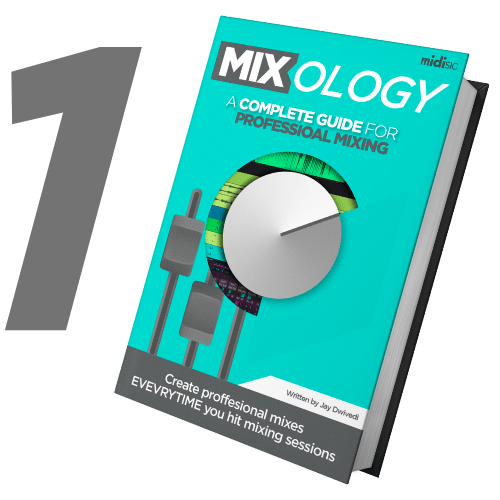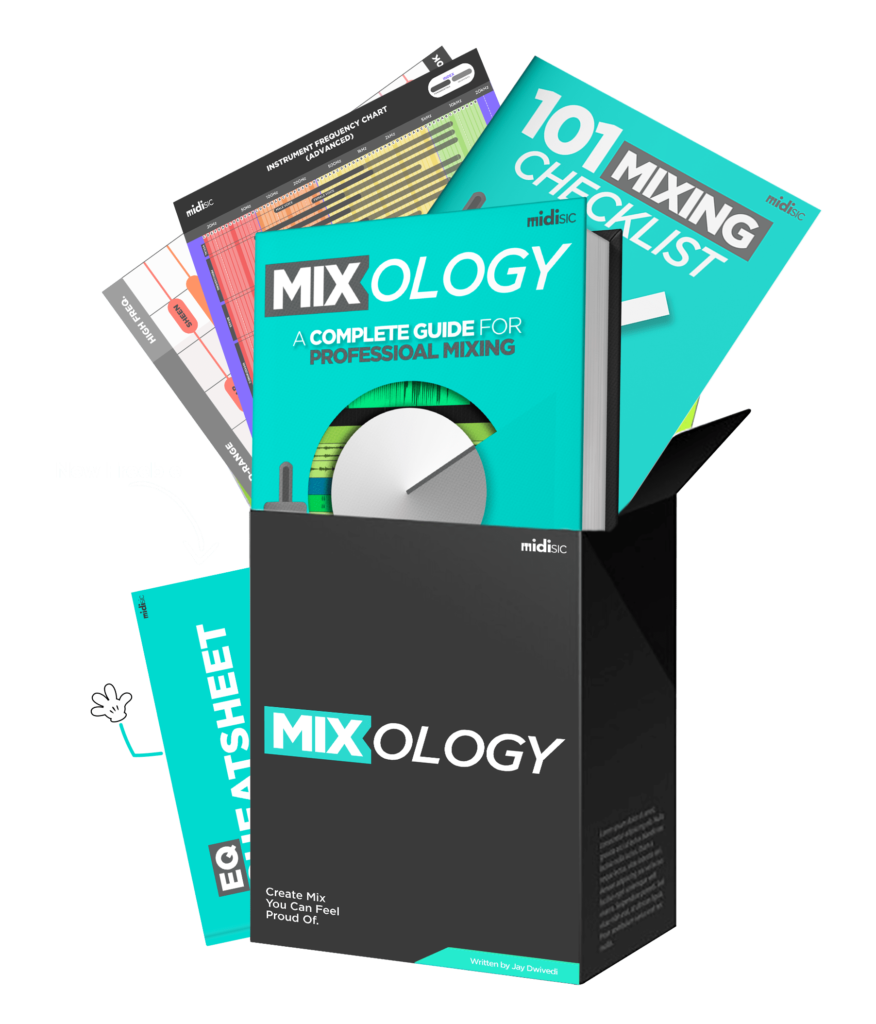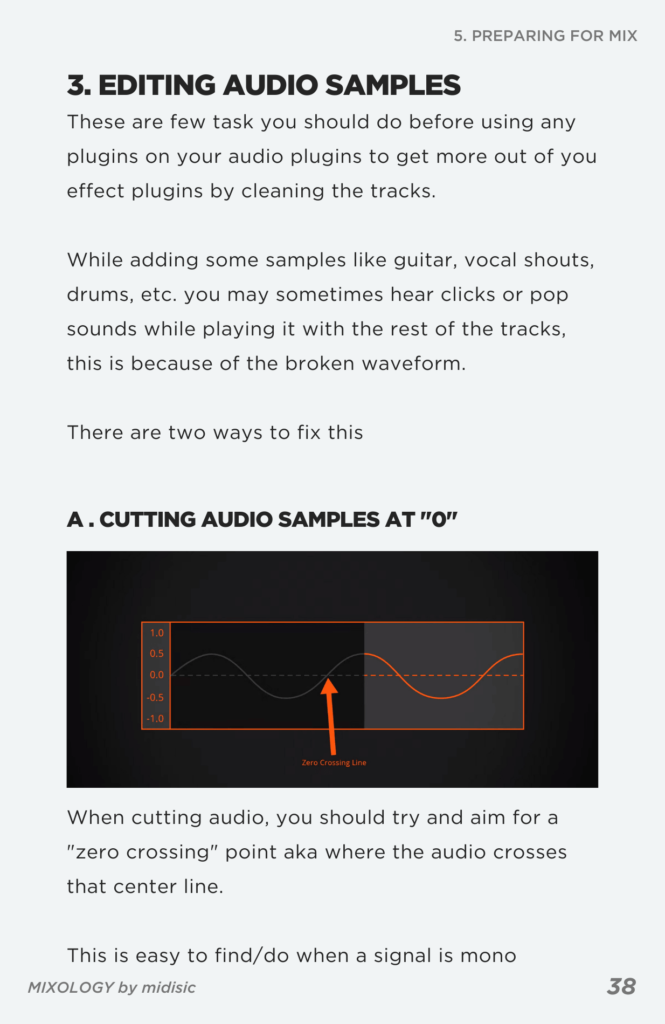
MIXOLOGY EBOOK $45
We know the feeling of having a good song in front of you that you made with efforts but you can't mix it properly!
-
That's why a 250+ pages Mixing Ebook that Guides you from Beginner to Advance Level of Mixing, so that you don't miss anything.
-
Everything in this Mixing Ebook is Well-labelled and Organized in such a way that you can Read and Understand it like a Story.
-
We tried to explain Everything that we got from Professional Mixing Engineers and We are Very Confident about Mixology that it can be the last search for your problem about BAD MIX.

















 Feeling Confident about my Mixing Choices.
Feeling Confident about my Mixing Choices.






